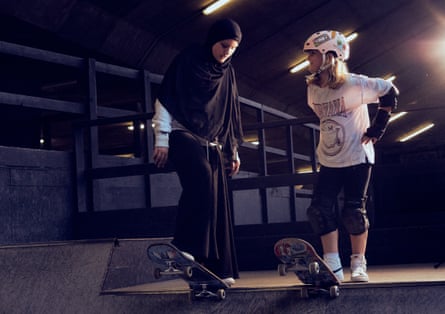Women’s sport is at a turning point. Whether it’s the Women’s World Cup, Tour de France Femmes or the X Games Women’s Vert skateboarding championship, women’s sport is incredibly entertaining and capable of drawing large audiences. Last year broke records, with more than 2 million people attending women’s sport for the first time. Yet, according to research by Cheryl Cooky, American professor of interdisciplinary studies at Purdue University, women’s sport accounted for only 5.4% of all televised sports airtime. In the face of this historical uninterest we have to thank female athletes for their relentless hard work carving out and holding space in their sports.
-
Layla, 11, a beginner skater, is coached by Mia, eight, at Bay Sixty Six’s girls’ night, July 2023.
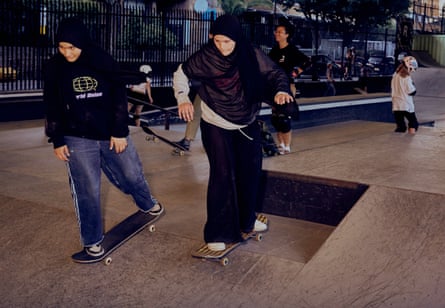
-
Sisters Sara, 15, and Layla, 11, practise at Bay Sixty Six.
I’m attracted to the sight of women taking up space where traditionally they’re not meant to be. It’s what led me to these skateboarders. The momentary glimpse of a young woman, back-lit long hair and tarmac, skateboarding down the middle of the high street. I loved her recklessness. I’ve never been a skateboarder but at that moment I felt the freedom of it.
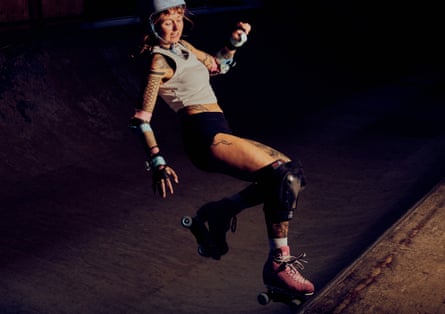
All across London women are occupying space on the half pipe, the mega ramp and the bowls. Some skate parks like Bay Sixty Six in west London host women-only nights. At the hugely popular monthly event I attended ages ranged from eight to 46.
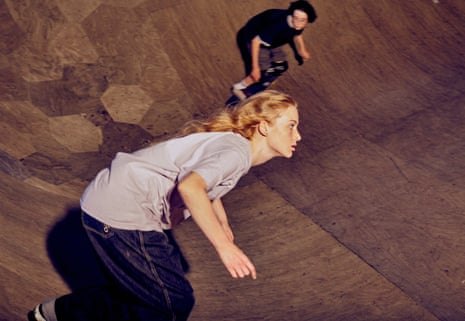
-
Amy Woods, 17, just finished her A-levels, shot at Bay Sixty Six.
A combination of the pandemic – when outdoor skate ramps were one of the few accessible sport facilities in the city – and female skaters posting on Instagram, led to a 21% increase in female skaters, according to Skateboard GB. Skaters sharing videos on socials proved that people wanted to watch women skating (doubted for decades by sponsors and broadcasters), and an online support network grew up around it. At the same time, thirteen-year-old Sky Brown’s Olympic medal success led to a boom in girls and young women trying the sport.
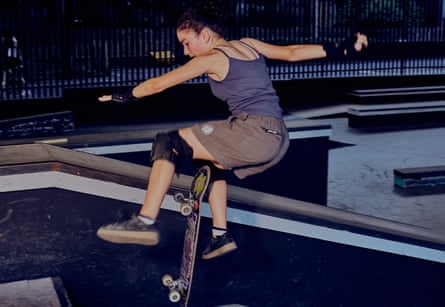
Skating is physically tough. You have to be fit. You have to be fearless and prepared to be the centre of attention. Skaters are watched intently while other riders wait they’re turn. This can be intimidating but many women seem far from insecure about it. On some days, skate parks are almost 50/50 men and women.
Perhaps Jack at Hop King is right: “Gender doesn’t have a bearing on how you skate, it’s all about your relationship with the board.”
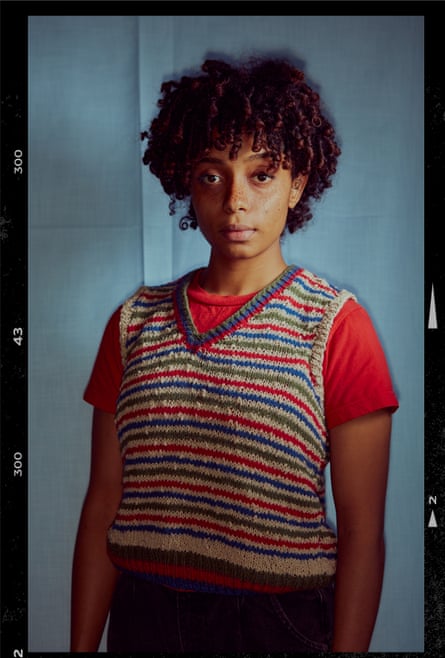
Yves, actor/barista
“I used to think skating was unattainable for me. I’d only seen men do it. I moved into a flat with four other women who also wanted to try. We got up at 6am every weekend to head to the skatepark. Eventually we got brave enough to go during regular hours”
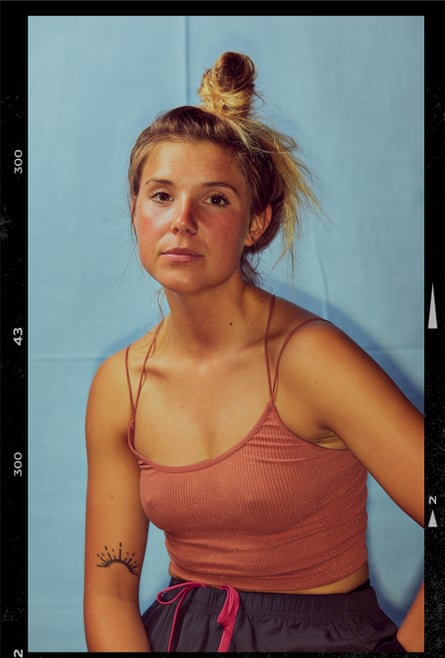
Lena Kessler, sport psychologist
‘It takes a lot of confidence to go into someone else’s space and skate. But once you see other women doing it, you know it’s possible. Women’s sport is more respected now. We need to keep pushing.’
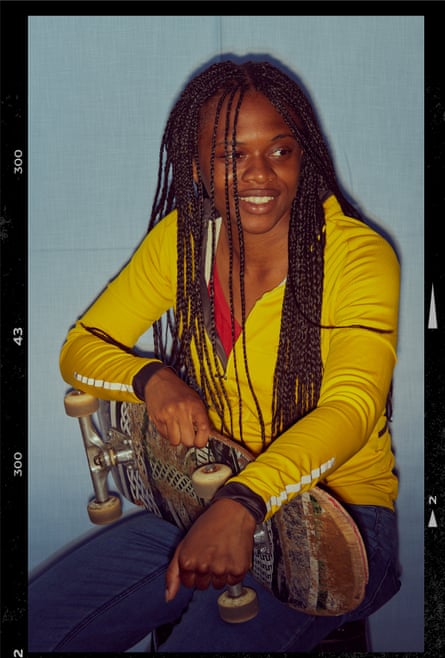
Anita
‘Skateparks are now full of women. We’re almost 50% of the people there.’
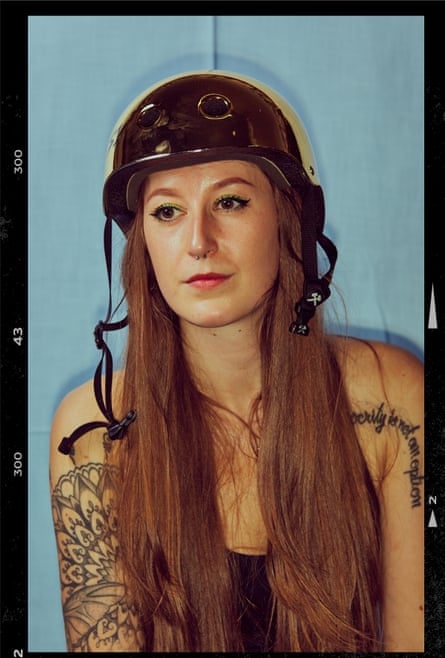
Olive
‘I’ve had nothing but good experiences. I heard some OG skaters talk about guys not letting them have their turn or dropping in on them when they’re riding. Not showing them basic etiquette. That kind of stuff. It’s depressing.’
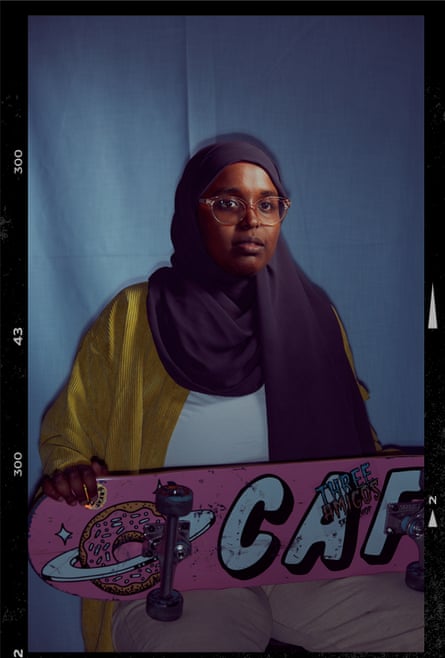
Khadra, engineer
“I wanted to learn to roller skate but a board was cheaper.’

Sue Sun, illustrator
‘I learnt because my fiance skates. We both work in design and illustration and now we also have our hobbies together. But I prefer to skate with my beginner friends.’
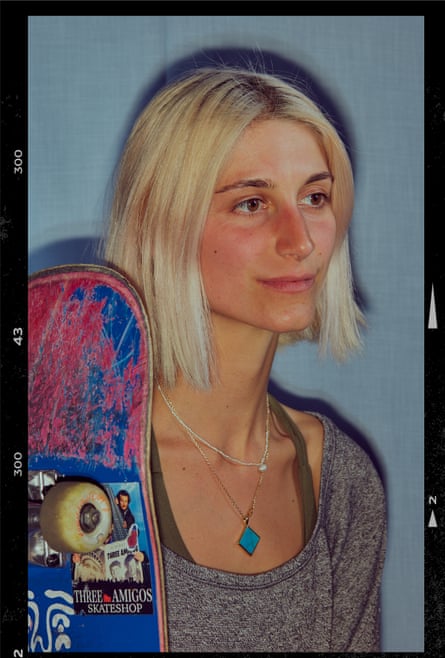
Sofia Negri, animator and former ballerina
‘Lockdown made me realise that life is short. I’m not just a ballerina, I can be whatever I want. I left the dance academy after 13 years. Skateboarding has made me realise I can be more than one thing.’
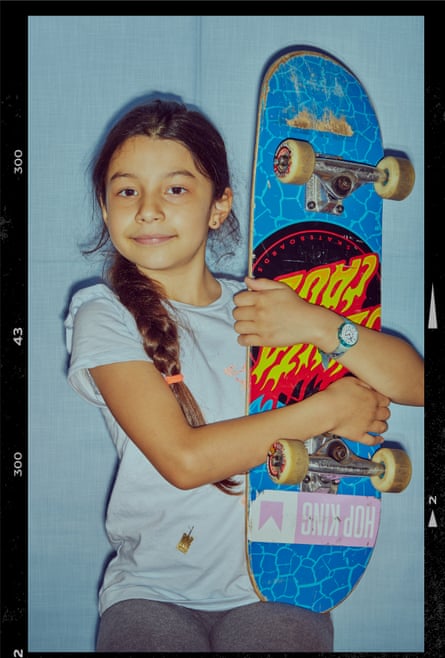
Ines, six years old
‘My dad taught me to skate.’

Amy, media coordinator
‘Once you see other women doing it, seeing that it’s possible, it’s inspiring.’
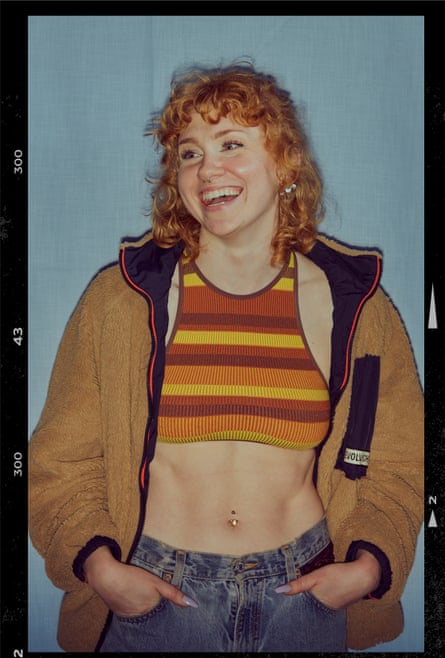
Harriet, sales assistant
‘I saw a girl wearing a green jacket and riding a skateboard and I thought ‘damn, I wanna be like her!’ Before that I had no interest. I’m much more invested in the women skaters that the men.

